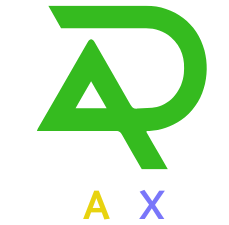What Is a Data Management Platform?
Understanding DMPs in the Digital Era
A Data Management Platform (DMP) is a software solution designed to collect, organize, and activate audience data from multiple sources—online, offline, and mobile. This technology enables marketers to build detailed customer profiles that drive targeted advertising and personalization.
Why DMPs Are Essential for Businesses
DMPs act as the backbone of digital marketing strategies, helping businesses understand their customers better. By leveraging first-, second-, and third-party data, companies can enhance ad targeting, improve personalization, and optimize content delivery.
Types of Data Managed by DMPs
First-Party, Second-Party, and Third-Party Data Explained
- First-party data: Collected directly from websites, CRM systems, apps, or social media platforms owned by the business.
- Second-party data: Shared data from trusted partners or suppliers.
- Third-party data: External data sourced from brokers or other platforms to expand audience reach.
The Shift Toward First-Party Data
With growing concerns about privacy and data security, businesses are increasingly focusing on first-party data for more reliable insights and compliance with regulations.
How Do Data Management Platforms Work?
The Process Behind DMP Functionality
DMPs integrate with various AdTech and MarTech tools like demand-side platforms (DSPs) and customer relationship management (CRM) systems. They collect raw data through APIs or tags embedded on websites, anonymize it, and categorize it for actionable insights.
Activating Data for Marketing Campaigns
Once analyzed, the data is used to segment audiences, identify look-alike models, and deploy personalized ads across digital channels. This ensures marketers can target users based on behavior, interests, and demographics effectively.
Benefits of Using a DMP
Enhanced Audience Insights
DMPs provide a centralized view of customer behavior across multiple channels, enabling businesses to understand their audience better.
Improved Advertising ROI
By targeting specific user segments with tailored campaigns, businesses can maximize their advertising budget and achieve higher conversion rates.
DMP vs Other Marketing Tools
Distinguishing DMPs from CDPs and DSPs
While DMPs focus on anonymized audience segmentation for advertising purposes, Customer Data Platforms (CDPs) emphasize individual-level data for personalized customer experiences. Demand-Side Platforms (DSPs), on the other hand, are used for automated ad bidding but rely heavily on DMP insights.
Complementary Role in Marketing Ecosystems
DMPs work alongside CDPs and DSPs to create a cohesive marketing strategy that balances personalization with scalability.
Future Trends in DMP Technology
AI Integration for Smarter Insights
The incorporation of artificial intelligence into DMPs is enhancing their ability to process large datasets quickly and identify actionable trends for marketers.
Privacy Compliance Challenges
As global regulations tighten around data privacy, DMP providers are innovating ways to ensure compliance while maintaining robust functionality.
Why Your Business Needs a DMP Today
Take Your Marketing Strategy to the Next Level
A Data Management Platform is no longer optional—it’s a necessity for businesses aiming to thrive in the competitive digital landscape. By harnessing the power of audience data effectively, companies can unlock unparalleled opportunities for growth and engagement.

